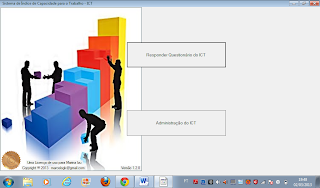Shift work and disturbed sleep/wakefulness
Torbjörn Åkerstedt
Abstract Of the many health-related effects of shift work, disturbed sleep is the most common.
This review describes the main observed effects of the three principal shifts (night,
morning and afternoon) on patterns of sleep and wakefulness. The mechanism of
sleep disruption in relation to circadian rhythms and the specific impact of aspects
of shift organization (speed and direction of rotation) are discussed. The most
troublesome acute symptoms are difficulty getting to sleep, shortened sleep and
somnolence during working hours that continues into successive days off. These are
only partially amenable to amelioration by manipulating shift patterns. However,
there is no clear indication that chronic sleep problems result from long-term shift
work.
Occupational Medicine 2003;53:89–94
DOI: 10.1093/occmed/kqg046
Abstract Of the many health-related effects of shift work, disturbed sleep is the most common.
This review describes the main observed effects of the three principal shifts (night,
morning and afternoon) on patterns of sleep and wakefulness. The mechanism of
sleep disruption in relation to circadian rhythms and the specific impact of aspects
of shift organization (speed and direction of rotation) are discussed. The most
troublesome acute symptoms are difficulty getting to sleep, shortened sleep and
somnolence during working hours that continues into successive days off. These are
only partially amenable to amelioration by manipulating shift patterns. However,
there is no clear indication that chronic sleep problems result from long-term shift
work.
Occupational Medicine 2003;53:89–94
DOI: 10.1093/occmed/kqg046

Comentários
Postar um comentário